Sword & Fairy is one of the biggest properties that we in the West barely notice. As Taiwan’s answer to Final Fantasy the JRPG (CRPG?) series offers some excellent production values and gameplay systems, and it’s a pity the series continues to exist in obscurity outside of its homeland, because most people that enjoyed Final Fantasy will find something of value out of it.
Sword & Fairy also has spinoffs, just like Final Fantasy. Unfortunately, Sword & Fairy Inn 2 here isn’t exactly up to the same standards as Chocobo Dungeon or Theatrhythm. It’s still enjoyable, but Sword & Fairy doesn’t have a high enough brand recognition to pull off a fan service release, and it isn’t made well enough to appeal to people who aren’t existing fans.
In Sword & Fairy Inn, a bunch of characters from the Sword & Fairy series are rendered as cute and adorable chibi characters. Instead of going on epic adventures together, they instead decide to open a café (or restaurant, if you prefer) and set themselves up as entrepreneurs. It’s disappointing that this boils down to one of those time management games, where you need to figure out how to serve your customers with their menu orders as quickly as possible. I would have loved a more serious simulation than that. But at the same time, these mobile time management games are popular for a reason.
The biggest single problem that Sword & Fairy Inn 2 runs into is the lack of familiarity people will have with the property in the first place. A spinoff game, done for the purposes of fan service, is only going to work if the base series has fans in the first place. To compare back to Final Fantasy. Theatrythm wouldn’t be nearly as charming if people weren’t aware of the characters and felt nostalgia for the music that you tap along to. Chocobo Dungeon or Chocobo GP wouldn’t be the twee delights that they are if it was a generic big chicken at the centre of the action.
If players really cared about the characters, Sword & Fairy Inn 2 would have a lot going for it, but the developer will be lucky if people even know who the characters are at all. Stripped of that context, what you have left is a pleasant casual management game, but not something that you’ll remember soon after exiting to play something else.
Another big problem that Sword & Fairy eventually runs into is the way it scales. Rather than simply requiring better time management, and really focusing on mastering that system, the developers decided to throw all kinds of additional distractions at you. There’s a farming side-event. You need to manage the allocation of your staff to various roles. There are even dating game elements. Cribbing ideas from everything from Harvest Moon to Fire Emblem would seem like a good idea, but Sword & Fairy Inn 2 was developed on a fraction of the budget, and consequently, it’s very menu driven.
Say what you want about the head pats and various direct interactions that Fire Emblem put into its dating systems, or the need to physically move through your fields and pick crops in Harvest Moon, the intimacy of those systems are important, because it connects you to the action going on, and that connection builds emotional engagement, too. Menus are fine for drier systems that don’t require emotional involvement, but once again, this is meant to be some fan service. The whole point is that you’re meant to be enjoying the characters. Instead, you’re interacting with them through an Excel spreadsheet.
With all of that said, the core loop of Sword & Fairy Inn 2 is inoffensively enjoyable. It’s a little like a mobile game that hooks you in for a while. You watch your little business grow, and there’s no way to end up with a fail state, as far as I’m aware, so there’s a no-pressure quality to what little interaction you do have. Because all the wealth you accumulate is additive, before long you’re expanding the restaurant while finding more time to explore around and engage with all the game’s other systems.
It’s also very pleasant on the eyes. SoftStar understands aesthetics. The main Sword & Fairy series is consistently gorgeous, both in terms of artistic direction and technical execution, and while the chibification in this spinoff could have used a little more work (it’s not of the standard of Bravely Default 2 or Atelier Marie Remake, for example), the whimsical quality of it is appealing.
If only the presentation wasn’t subsequently let down by the localisation. If you concentrate hard enough, you’ll be able to follow the narrative and characters, but it’s way too much work for the quality of narrative you get in return. Whether it’s Sailing Era, Banner Of The Maid, or this Sword & Fairy release, the quality of translations between Chinese languages and English needs to vastly improve. It’s a particular pity with Sword & Fairy, however, because the last game in the main series, Together Forever, was a step up from what we can usually expect from Chinese localisation. The first localiser to truly latch on to the potential here and start bringing us localisations of the same standard as the Japanese-to-English titles is going to be on track to make a lot of money.
Sword & Fairy Inn 2 is enjoyable. If you’re in the mood for a hyper-casual “simulator” and if you know the characters, so much the better. As someone who enjoys the Sword & Fairy main series a great deal, I don’t regret spending time with this, but at the same time, I do want better fan service spinoffs than this.


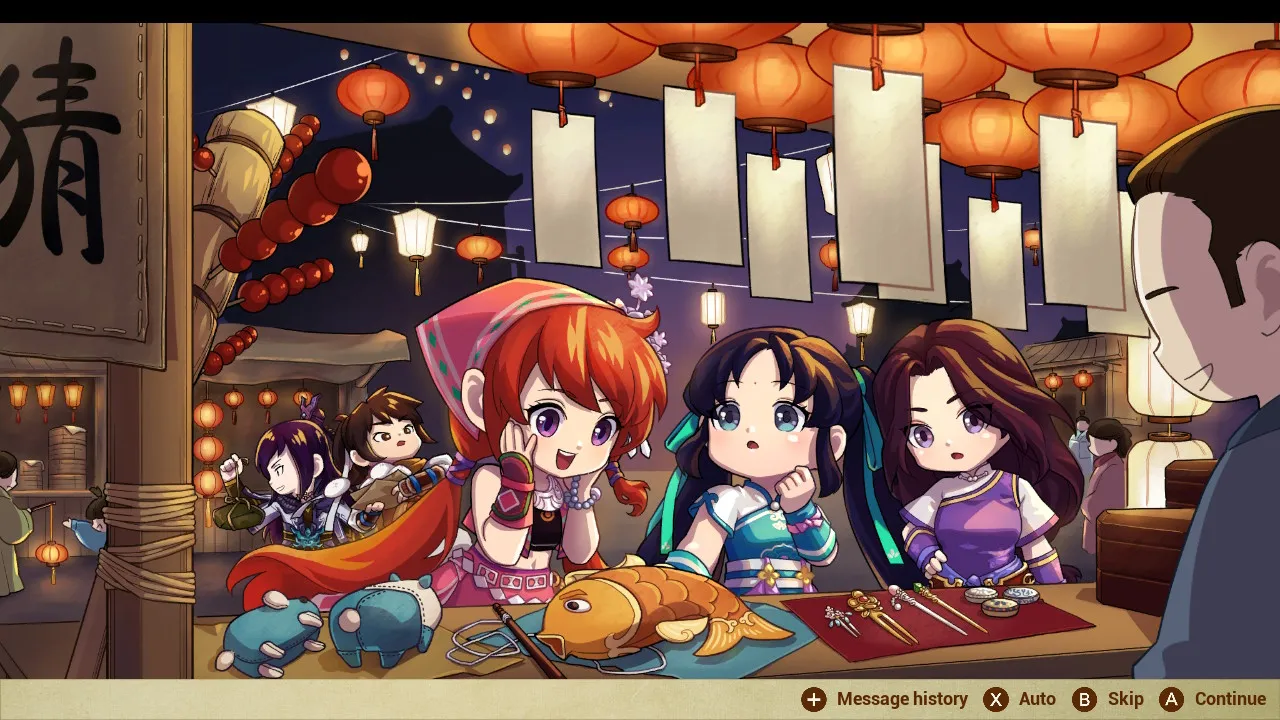
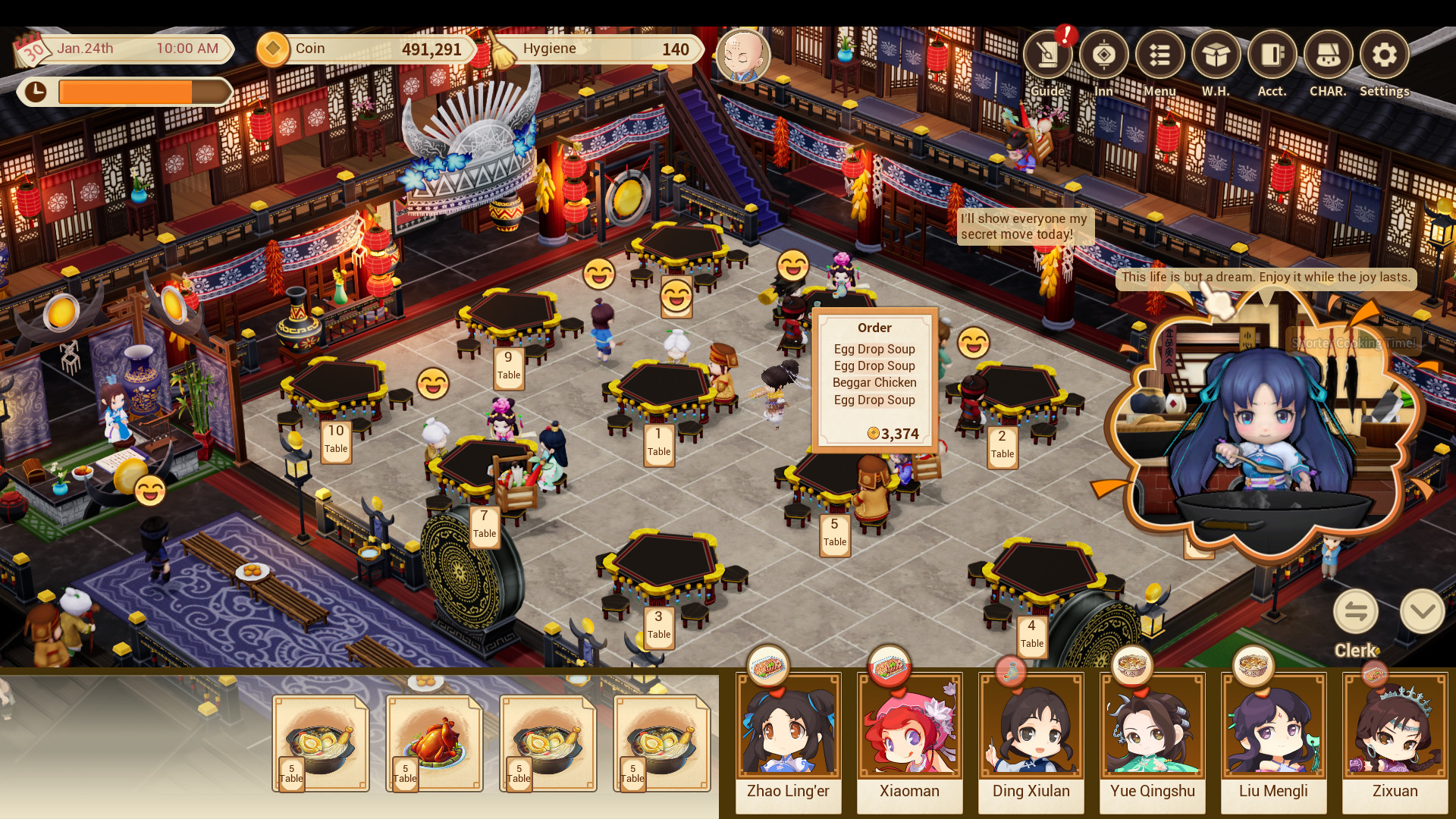
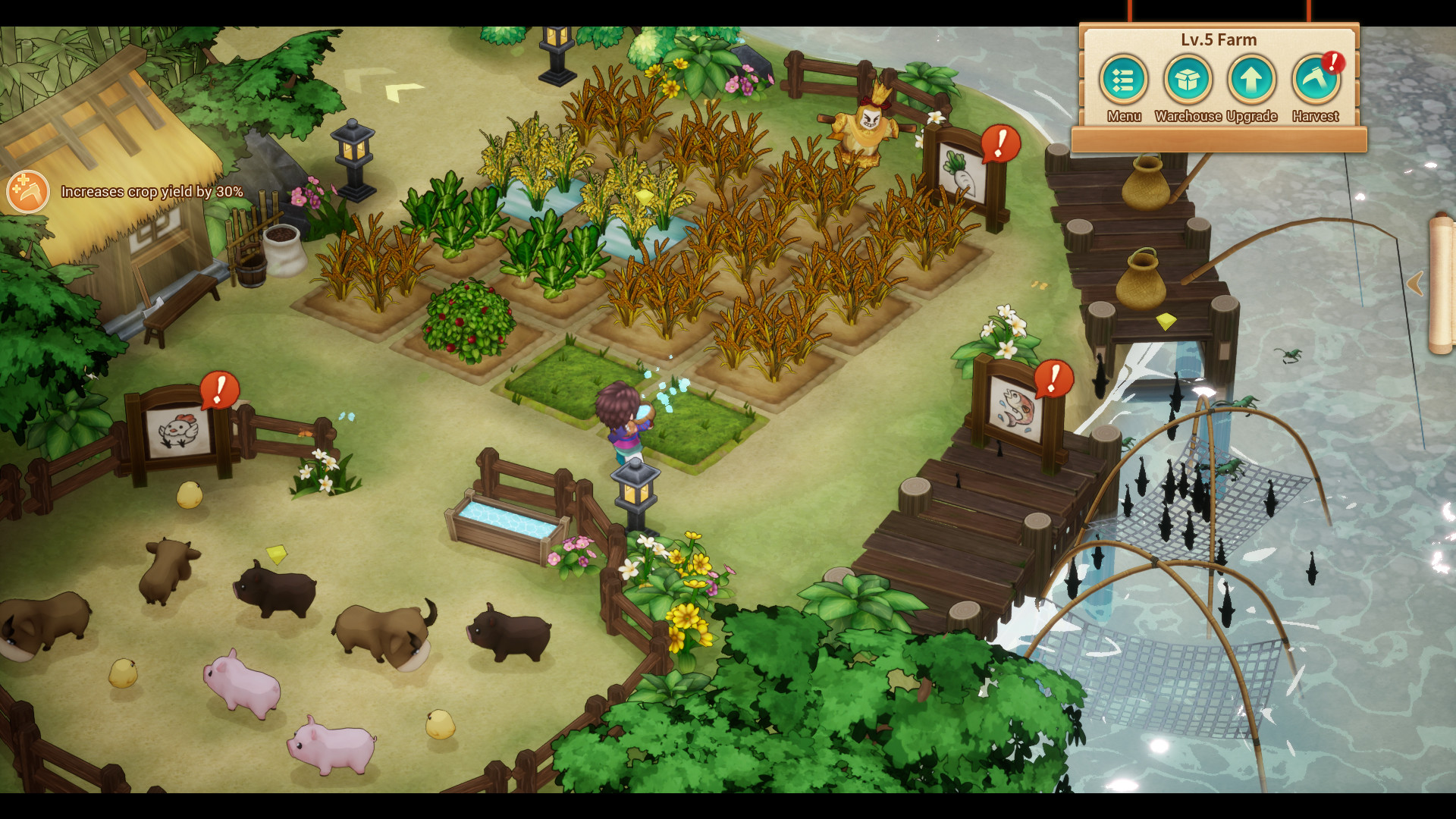

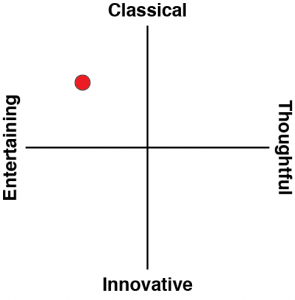
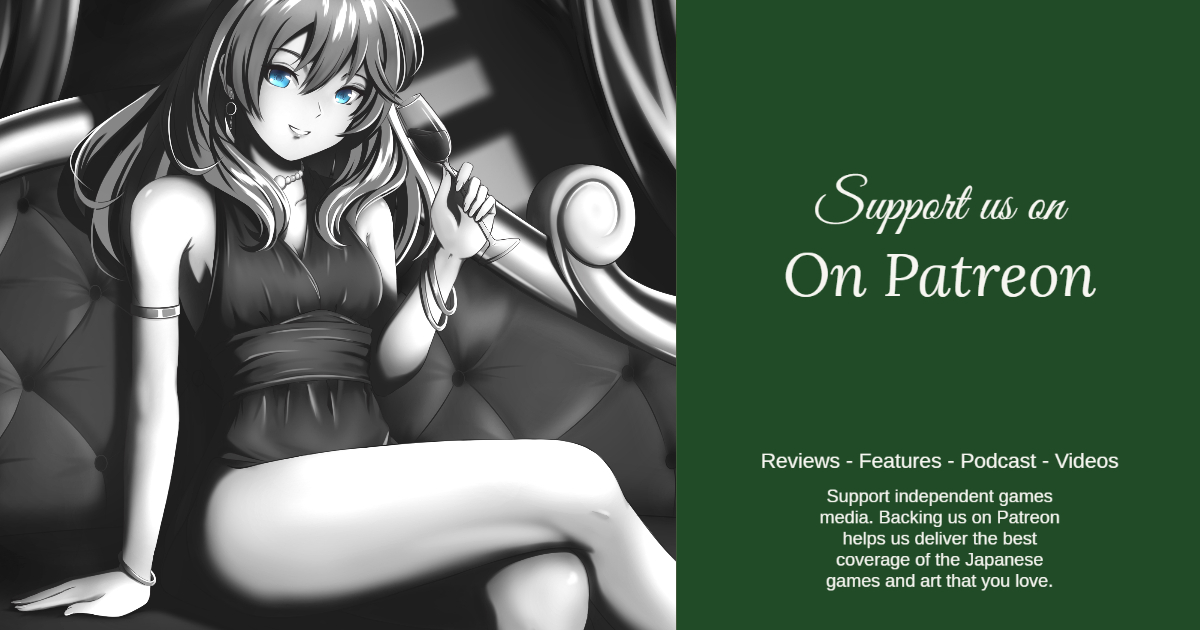

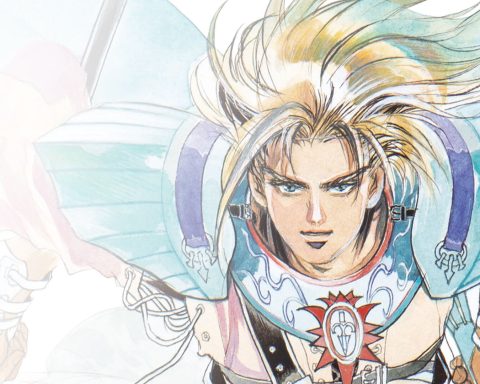


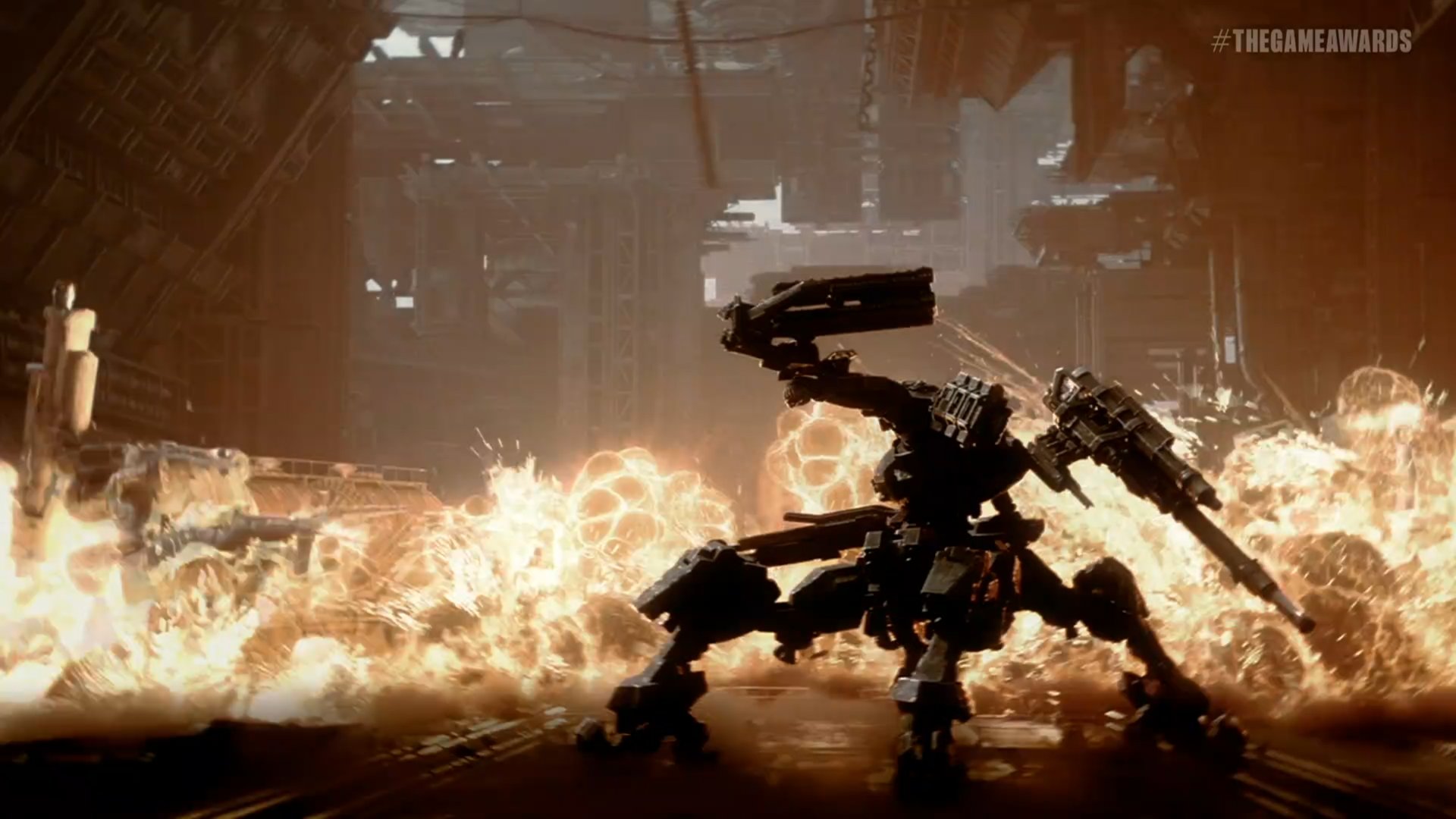




Playing S and F TF right now actually. I’m pretty sure your review got me to buy it. I’m very much in the beginning but enjoying it quite a bit. And I’m someone who played the original FFs a long time ago but couldn’t care less about the new ones. DQ FTW.